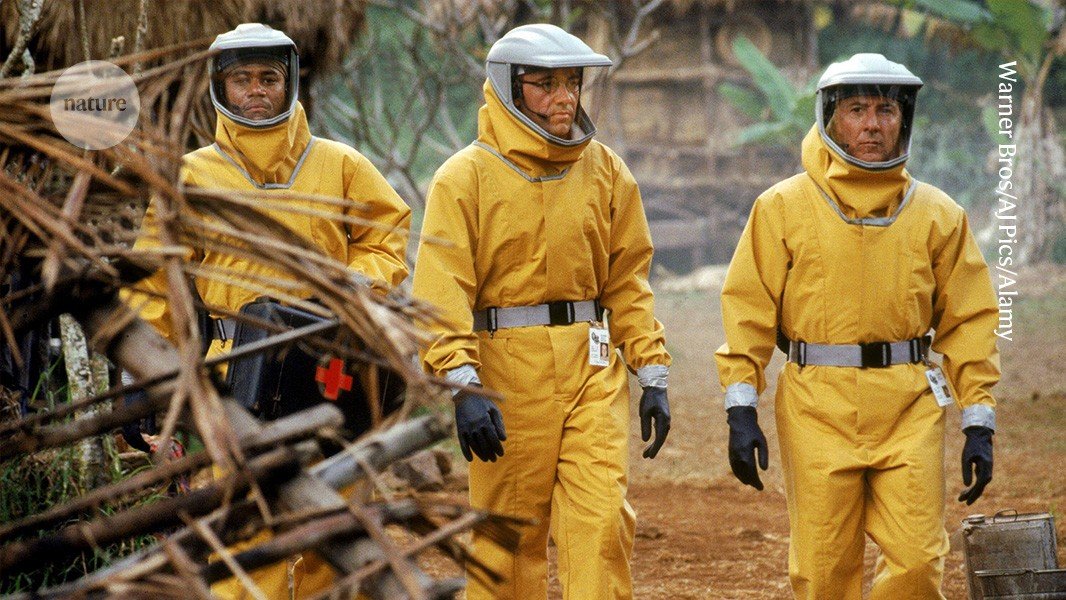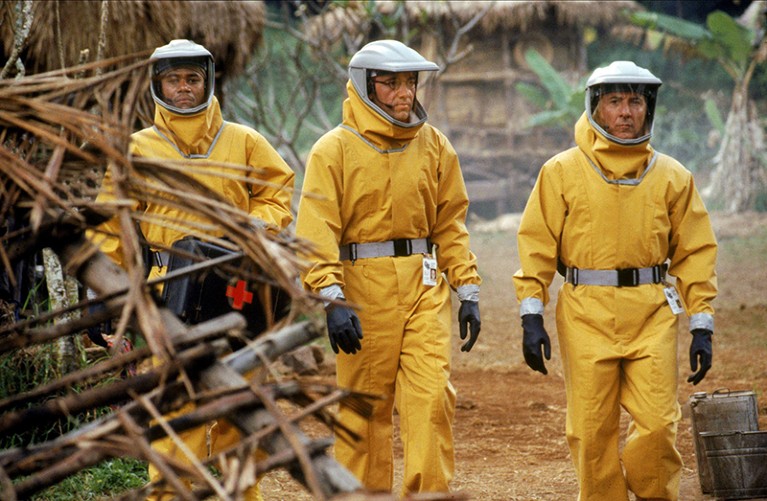
Cave-bit fieldwork often looked like a Scene from the 1995 film Outbreak,Credit: Warner Bros/AJ PICS/Alamy
For years, I was a bat ecologist, full immersed in the grind of data collection and publications. My Research on Cave-Bat Conservation Took Me To Remote Locations, Crawling Through Caves Knee-Deep in Guano, Catching Bats. Back then, Taking photos felt like a distraction from my research.
But two years ago, I left the academic world for a career as a science communicator at the genus hub at the university of the witwatesrand, johannesburg, in South Africa. Today, I Work AlongSide Researchers, helping them to brings their science to life through compeling stories. Visuals, particularly photos, are a key part of this work.
Looking Back, I Wish I’D Captured More of My Field Experiences. Photos are Priceless tools for Public Engagement, Yet Many Researchers fail to see their value. Now, I undersrstand that Science does not just live in publications – it lives in stories, visuals and the personal connections that we create with people.
PICS, or it didn’t happy
DURING MY POSTDOCTERARAL POTION In Ecology and Viral Zoonosis at the University of Pretoria, South Africa, My Team and I Worched Mainly in a Rural Part of Limpo, on the Northeastern side of Side of South Africa, in A SHICA Alled Ga-Mafefe. The landscape was lush and green, dotted with ancient Fig trees and alive with the rhythm of daily life.
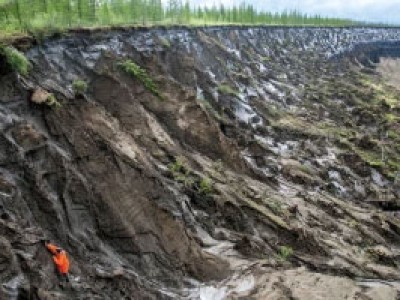
Photography: Science on Camera
Within Minutes of Arriveing at the Base of A Steep Hill, My Team from the Center for VIRAL ZOONOSES WOLLDE TRANSFORM A Patch of Wildernass Into a Funo A Funo E, powered by portable car batteries. We would dress head-to-to-toe in white, Crinkly Tyvek Suits (A Type of Lightweight, Protector, Plastic Onesie That Cold Shield BOT BOT BOT BOT BOT BOT BOT BOT BOT With Respirators Humming, We LOOKED LIKE SOMETHIN SCET OUT of the 1995 Medical-Disaster Movie Outbreak,
For a week every month, this was my reality. I’D Catch Bats with Specialized Traps, and then Spend HURS HUNaged Over Folding Camping Tables Carefully Measuring The Animals and Collecting Biological Samples. Summer nights were sweltering, with sweet pooling in our suits; Meanwhile, winters Had us schooling, our noses running faster It was exhausting, repetitive and, at times, commercially Misrable – but it was also exhilarating. We were a well-oiled machine, driven by a share passion and the late-night humor that only a sleep-deeprived team in the middle of noweere could undertand.
Then in 2022, I did a three-month-storytelling fellowship with the nature, environment and wildlife filmmakers-an organization that aims to buy a Network of Visual Storyllers, Led Oices, Celebrating and Protecting Africa’s Natural History – And It Completely Changed My Perspective. I rediscovered my creative side and came to understand that scientific exchange can take many forms beyond just research papers. Armed with this newfound inspiration, I started taking photographs of everything our fieldwork, capturing the beauty and intensity of our work.
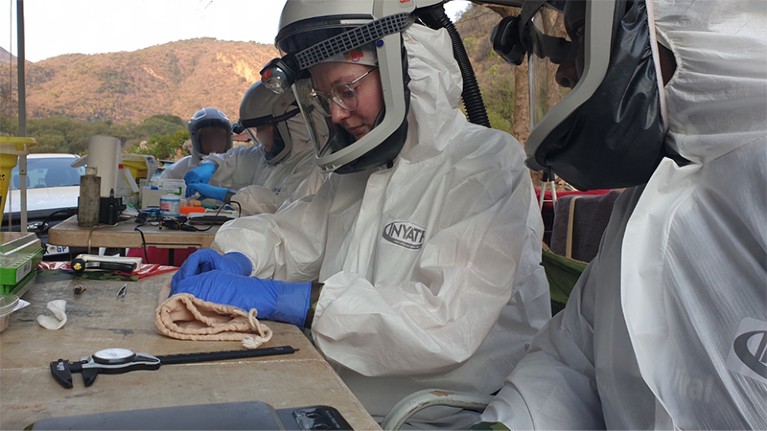
Mariëtte Van der Walt Back in Her Bat-Fieldwork Days.Credit: Mariette Van der Walt
Back Home in Johannesburg, My Family and Friends Were Captivated by the Stories My Photos Told. Through my lens, they Saw BreathTaking Landscapes, Rough Conditions and, of Course, Cute Bats. I felt like my workwal connect with people in a way data alone Never Cold.
With this percective, I realized that as much as I loved my research, my postdoctoral studies wen’t the right place to pursue my newfound passion for storylling. I decide to leave Accademia and Embrace a Career in Science Communication.
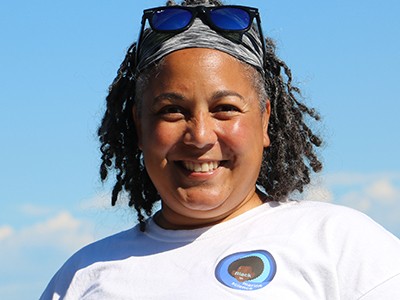
Ecologists: don’t lose touch with the joy of fieldwork
